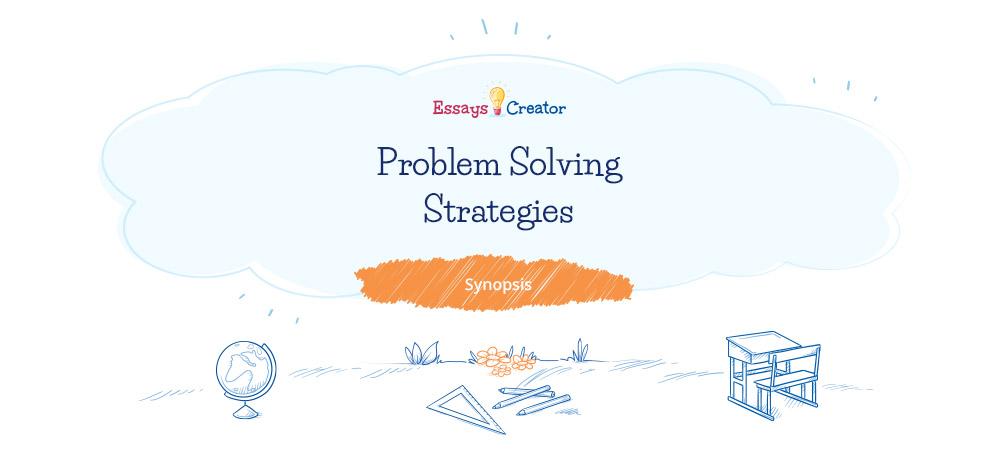
Problem Solving Strategies Free Essay
There are various ways in which a problem can be restructured to welcome diverse views and answers. For instance, the problem can be restructured so that it is viewed from a general perspective. A general point of view will not give a lot of detail to the problem. However, if the issue is looked at in a specific manner, it will focus on more finite details of the problem. When a problem statement is specific, it becomes faster and easier to find solutions than in a scenario involving general statements.
The problem can also be divided into its constituent sections or even use numerous points of view. It involves the use of fishbone diagrams that help to get customized answers to certain problems as well as finding the relationship between different parts that make up the whole. Relevant answers and ideas are usually grouped systematically, just as the problem statement unfolds until a conclusion is attained. Furthermore, the words used in framing a problem can also be changed or even restructured to enhance understanding of the problem being addressed. This method helps to develop imagination by generating new dimensions to the problem definition. Rephrasing a problem helps in clarification and a better understanding of the issue at hand.
Order your Synopsis help today!
Another strategy that is used in solving problems is the use of diagrams and the mapping method. Empirical evidence has shown that the use of the diagram and mapping techniques is very important in developing creativity when looking for solutions to problems. A diagram helps to pinpoint all the features and characteristics of a problem and consequently, map possible solutions to it. For instance, a technique called mind mapping attracts responses towards a problem from all angles and then finds the relationship that exists between the responses. It is a tool that allows people to employ imagination and creativity in associating ideas from one extreme to the other.
Mind mapping requires a central theme on which to focus the argument, after which keywords are used to generate ideas that have relation to each other. All the ideas the mind generates are then written down in a diagrammatic format. These thoughts are then related to each other to show the existing correlation between different thoughts. Major ideas are then highlighted and thereafter, they are grouped into themes.
Other types of mapping exist such as system mapping, and theme mapping among others. However, the central idea behind the mapping concept is to generate thoughts and then organize them into clusters by looking at their relationships. Every theme is then expanded separately as far as possible by incorporating possible new versions, and how each theme interconnects with another. At the same time, unrealistic thoughts are eliminated by revising the map severally. Mapping is a method that gives an elaborate illustration of an idea; thereby helping the brain to understand it more easily than if the idea was in a written format.
Incorporating the diversity of views in addressing a certain problem is a very important strategy as far as the problem-solving process is concerned. It is a method that not only welcomes divergent views but also, positive criticism. It helps to eliminate prejudice and bias when issuing conclusive directions towards handling issues that affect people and society at large. It further allows unearthing important issues that could have otherwise remained unnoticed if only one line of thought was employed. Furthermore, it is a strategy that embraces the emergent need for incorporating the diversity of views due to the aspect of globalization within the corporate scene.

